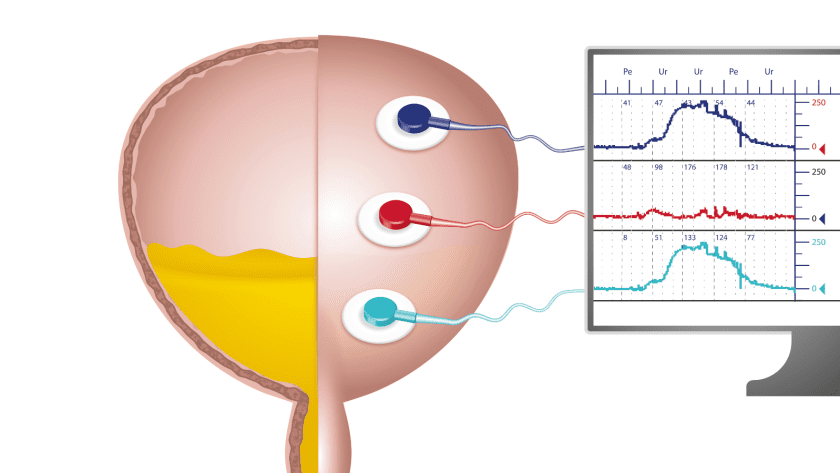Understanding the intricate workings of the urinary system is crucial in diagnosing and treating many conditions that affect both men and women. One of the key diagnostic tools used by urologists is urodynamic testing.
This article delves into the clinical relevance of urodynamic testing, its methodology, and the future of this essential procedure.
What Is Urodynamic Testing?
Urodynamic testing is a series of tests assessing the functionality and efficiency of the bladder, sphincters, and urethra.
These tests measure the urinary system’s ability to store and release urine, providing invaluable data on its overall performance. They can pinpoint the exact causes of urinary incontinence, frequent urination, sudden urges to urinate, and other issues.
Clinical Relevance
Diagnosis of Underlying Conditions
Various urinary disorders, from overactive bladder to benign prostatic hyperplasia (BPH), can present with similar symptoms. Urodynamic tests clearly show what’s happening inside the urinary tract, helping doctors distinguish between different disorders and offer the most effective treatment.
Tailored Treatment Plans
After diagnosing the root cause of a urinary issue, a specialist can tailor a specific treatment plan for the patient. This ensures that patients receive the most appropriate and effective intervention for their condition. Alongside urodynamic testing, doctors may also use a non-invasive ultrasound scanner to check issues such as bladder volume.
For instance, a Urocare Private Urologist might recommend bladder training exercises, medications, or surgical interventions based on the results from urodynamic testing.
Monitoring Treatment Efficacy
For chronic or recurring urinary disorders, urodynamic tests can be repeated periodically. By comparing results before and after a specific treatment, urologists can determine the effectiveness of the intervention and make necessary adjustments.
The Future of Urodynamic Testing
As medical science progresses, we can anticipate a few developments in urodynamic testing.
Integration of Advanced Technology
Integrating artificial intelligence (AI) and machine learning can streamline data analysis, allowing for faster and more accurate diagnoses. With the potential for predictive analytics, urologists could also get insights into potential future complications or the probable course of a condition.
Non-Invasive Procedures
Currently, some urodynamic tests might be invasive, causing mild discomfort to patients. In the future, we might see the development of more non-invasive tests. For example, ultrasound-based technologies could offer insights into bladder function without needing catheters.
Personalized Patient Management
With more comprehensive data from advanced urodynamic tests and the integration of genomics, treatments can be even more tailored to individual patients. This could lead to more successful outcomes and reduced side effects from treatments.
In Conclusion
Urodynamic testing stands as a cornerstone in the domain of urology. It not only aids in the precise diagnosis of various urinary disorders but also plays a pivotal role in crafting tailored treatment plans.
As technology and medical knowledge evolve, so will the methods and implications of urodynamic testing. With the promise of more non-invasive techniques, faster diagnostics, and even more personalized treatments, the future for patients and urologists alike seems bright and promising.



